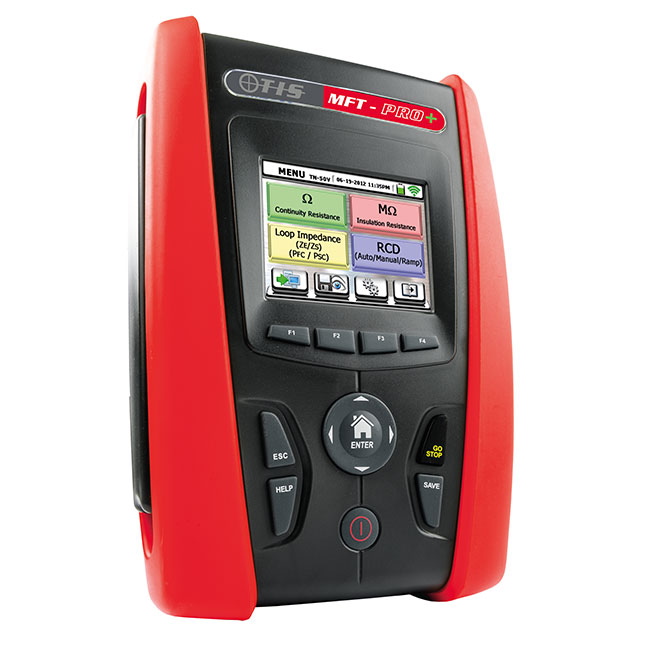What Does TRMS Stand For?
In very simple terms, TRMS stands for True Root Mean Square. It is also sometimes written as True RMS. TRMS is used by measuring instruments to measure alternating voltage.
What is TRMS?
To understand what TRMS is, you first need to understand what RMS is. This is a mathematical formula computed internally within an RMS-capable instrument for the purpose of taking measurements. The formula is simplified by the instrument so that it only takes the positive peak values of a sine wave. However, RMS is not considered to be reliable because any installation will have multiple sources of noise, which result in the AC waveform never being perfect.
TRMS, therefore, uses a more complex set of mathematical formulas to enable the user to establish a value for measuring alternating voltage which is closer to reality than the original RMS reading. As well as the peak values, a TRMS reading will also take several samples of values along each cycle, meaning it ultimately gives a more accurate reading.
An instrument with TRMS capability squares the values produced by RMS and uses the square root result to determine a more true measurement. That is why TRMS is considered to be the most accurate way to measure voltage.
Why is TRMS needed?
The voltage of a sine wave will vary over time, so it will not be equal to its peak voltage. The effective voltage of one AC signal is its equivalence in the form of DC voltage, and this can only be calculated and represented by instruments with RMS or TRMS capability.
AC waveforms can be described in two ways:
- Sinusoidal waveforms (sine) are pure and without distortion, they have symmetrical transitions between the peaks and valleys of the waves
- Non-sinusoidal waveforms are more distorted, they have irregular or angular patterns with spikes and sawtooth waves
Only a TRMS instrument can measure both forms of AC waveforms, ie. sinusoidal and non-sinusoidal. The instrument effectively calculates the equivalent direct current (DC) value of an AC waveform and uses averaging mathematical formulas to accurately measure the pure sinusoidal waves.
It is increasingly common to find non-sinusoidal waves in circuits in modern times. They are often found in hardware such as variable speed motor drives, computers, HVAC systems and solid-state environments. In these type of circuits the current occurs in short pulses and not in smooth, symmetrical sine waves, and because the wave shape has a large effect on the current clamp reading there is an increased need for TRMS capability in a test instrument.
What test instruments typically have TRMS?

You will find TRMS capability in high quality test instruments such as digital multimeters, digital clamp meters and multi-function testers. These are the most common test instruments used by an electrical engineer. The MFT-Pro multi-function tester supplied by Test Instrument Solutions has a built-in TRMS capability. This comes as standard and can be used for establishing accurate measurements on noisy and harmonically distorted circuits, and particularly in the types of systems mentioned above.
TRMS capability has become a recognisable way to differentiate the superiority of a test instrument; meaning you know the measurements you achieve with a TRMS instrument will be the most accurate and reliable.
Please note that this section is for information purposes only. Anyone using equipment referred to in this section must be suitably qualified and/or experienced within the respective field. If in doubt before use, please consult a qualified electrician or engineer & thoroughly read all instruction booklets.